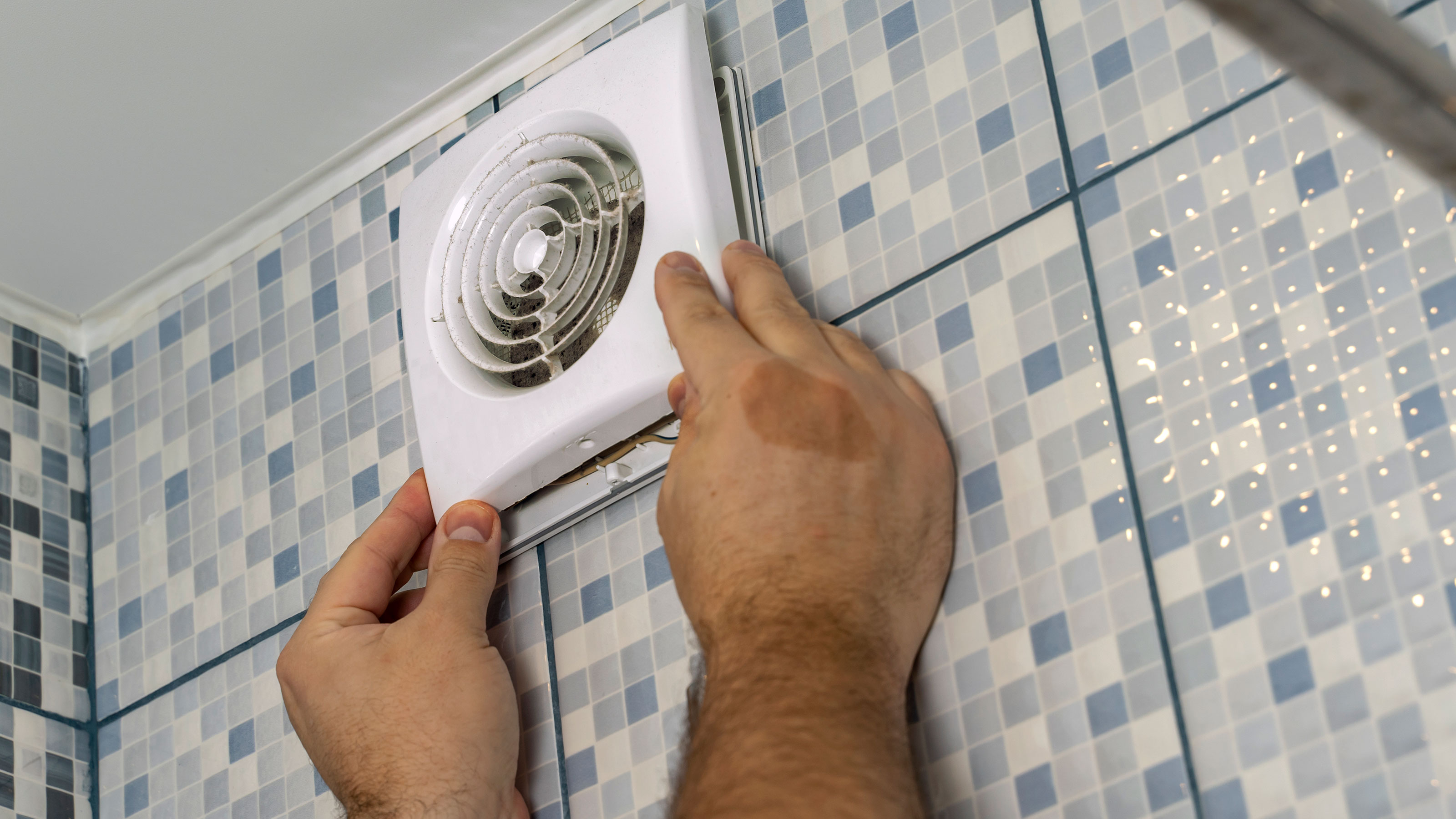This is how much Future Homes Standard proposals could cost self builders
The Future Homes Standard could increase how much new homes cost to build by implementing new Building Regulations to improve the energy efficiency of homes. We take a look at how much these costs could be

The Future Homes Standard is set to change the way homes are built from 2025, bringing with it additional cost for homebuilders moving forward.
These will bring changes to the Building Regulations in order to improve the energy efficiency of homes by potentially making low carbon heating solutions, improved ventilation methods, heat recovery systems and solar panels mandatory.
The government has put forward two options for the Future Homes Standard, which is set to be announced later this year Here we take a look at how much both options might cost to implement if you are planning a self build project.
1. Cost of low carbon heating
Both options suggested for the Future Homes Standard will require all new homes from 2025 to install low carbon heating systems such as heat pumps whilst gas and oil boilers will be banned.
Air source heat pump costs (ASHP) can range from £9,000-£15,000, according to energy-efficient manufacturers NIBE, although this price can be reduced using the government's Boiler Upgrade Scheme which offers a £7,500 grant for all air and ground source heat pump (GSHP) installations, although GSHPs will often cost more, ranging from £15,000-£25,000.
Octopus Energy are also offering eligible households the opportunity to install free heat pumps as part of their Cosy Octopus scheme.

2. Cost of ventilation systems
Of the two options put forward for the Future Homes Standard two ventilation systems were suggested for all new homes moving forward, dMEV (decentralised Mechanical Extract Ventilation) and natural ventilation.
Some dMEV units work with existing ductwork, which can help lower installation costs. Individual dMEV fans can range from £50-£150 with there being a wide range of quality and the price and running costs varying depending on where in the home the fans are installed.
Natural ventilation refers to the process of supplying and removing air in indoor spaces without the use of mechanical systems, such as fans or air conditioners.
The cost of implementing natural ventilation varies on the size of the home and the specific ventilation system chosen, and any additional construction or retrofitting required.
Installing simple measures like opening windows or incorporating vents or air conditioners into existing structures may incur minimal costs. However, more sophisticated natural ventilation systems, such as automated louvers or passive stack ventilation, may cost from a few hundred pounds to several thousand for more advanced systems.

3. Solar PV costs
Only one of the government proposals for the Future Homes Standard will require solar PV installations, although it is worth being prepared for any potential costs this could incur.
Solar PV systems typically range from £5,000 to £8,000 for a 4kWp system and upwards of £8,000 for a 6kWp system. Solar thermal panels are generally cheaper, averaging between £3,500 and £7,500 per system.
These costs typically cover various components and installation. For solar PV panels, expenses include the solar panels themselves (ranging from £150 to £280 each), inverters (£300 to £2,000), roof fixing systems, wiring, and installation. Additional costs may arise for scaffolding or permission from the Distribution Network Operator for larger systems.

4. Waste Water Heat Recovery costs
A Waste Water Heat Recovery system, also referred to as a drain water heat recovery system, is engineered to capture and repurpose the heat energy from hot water typically discharged down the drain.
The GreenAge, an energy-saving advice portal, suggests that installing Waste Water Heat Recovery systems in new homes typically costs around £1,000.
However, for existing homes, the cost is expected to be higher, with the total amount contingent upon the condition of the existing pipework in the home.
Get the Homebuilding & Renovating Newsletter
Bring your dream home to life with expert advice, how to guides and design inspiration. Sign up for our newsletter and get two free tickets to a Homebuilding & Renovating Show near you.

News Editor Joseph has previously written for Today’s Media and Chambers & Partners, focusing on news for conveyancers and industry professionals. Joseph has just started his own self build project, building his own home on his family’s farm with planning permission for a timber frame, three-bedroom house in a one-acre field. The foundation work has already begun and he hopes to have the home built in the next year. Prior to this he renovated his family's home as well as doing several DIY projects, including installing a shower, building sheds, and livestock fences and shelters for the farm’s animals. Outside of homebuilding, Joseph loves rugby and has written for Rugby World, the world’s largest rugby magazine.
